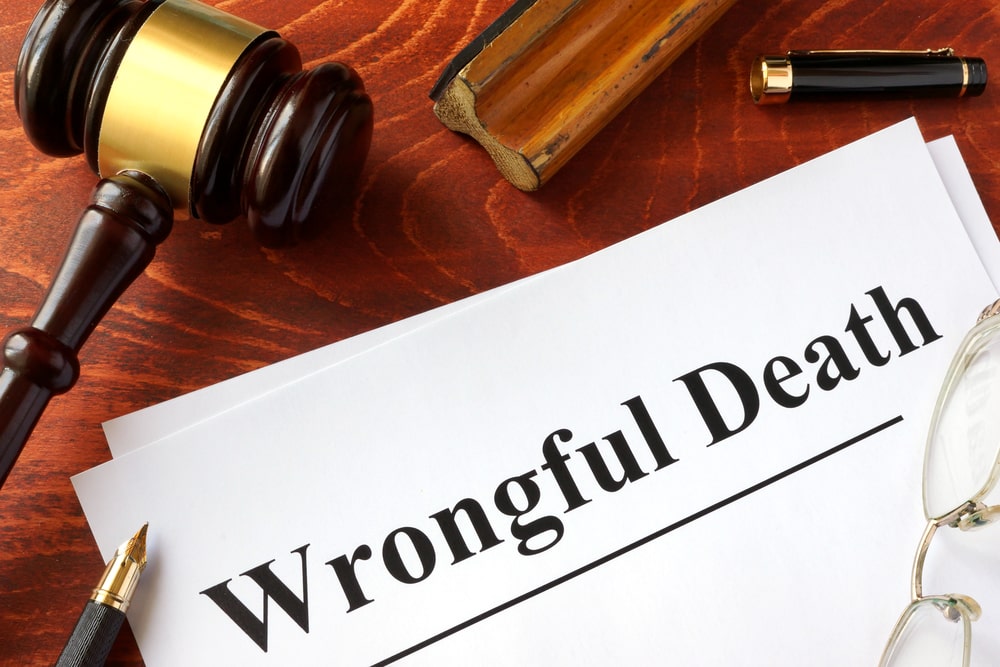
As a wrongful death lawyer can confirm, proving negligence is central to winning a wrongful death case. In these lawsuits, the plaintiff must demonstrate that the defendant’s actions—or lack thereof—caused the death of their loved one. This process involves meeting specific legal criteria to establish liability. Here’s a breakdown of how negligence is proven in a wrongful death case.
1. Understanding The Elements Of Negligence
To establish negligence, the plaintiff must prove four key elements:
- Duty of Care: The defendant owed a legal obligation to act responsibly toward the deceased. For example, drivers must follow traffic laws, and doctors must adhere to medical standards.
- Breach of Duty: The defendant failed to fulfill their duty of care by acting recklessly, negligently, or unlawfully.
- Causation: The breach of duty directly caused the death. The plaintiff must show a clear link between the defendant’s actions and the fatal incident.
- Damages: The plaintiff suffered measurable losses due to the wrongful death, such as financial hardship, emotional distress, or loss of companionship.
2. Gathering Evidence To Support The Case
Solid evidence is crucial for proving negligence. Examples include:
- Police Reports: These often contain details about accidents, eyewitness accounts, and citations issued to the defendant.
- Medical Records: These can establish the cause of death and any pre-existing conditions relevant to the case.
- Expert Testimony: Professionals, such as accident reconstructionists or medical experts, can provide insights into how the defendant’s actions caused the fatality.
- Witness Testimony: Statements from those who witnessed the incident can support the plaintiff’s claims.
- Photographic or Video Evidence: Footage from the accident scene, surveillance cameras, or other sources can vividly depict what happened.
3. Proving Duty And Breach Of Duty
The plaintiff must first show that the defendant had a duty of care toward the deceased. For example:
- A doctor has a duty to provide competent medical treatment.
- A driver has a duty to operate their vehicle safely and follow traffic laws.
Next, they must demonstrate how the defendant breached this duty. For instance, a driver might have run a red light, or a property owner may have failed to repair a hazardous condition.
4. Establishing Causation
As our friends at Rasmussen & Miner can attest, causation is often the most challenging element to prove. The plaintiff must link the breach of duty directly to the death, showing that the fatality would not have occurred without the defendant’s negligence. Expert testimony often plays a crucial role in this step.
5. Demonstrating Damages
The final step is proving that the wrongful death resulted in tangible and intangible losses. This may include:
- Funeral and burial expenses.
- Loss of financial support if the deceased was a primary earner.
- Emotional pain and suffering experienced by surviving family members.
Conclusion
Proving negligence in a wrongful death case requires a methodical approach and substantial evidence. Each element—duty of care, breach of duty, causation, and damages—must be established to succeed. Working with a wrongful death lawyer can significantly increase your chances of building a strong case and securing justice for your loved one.

